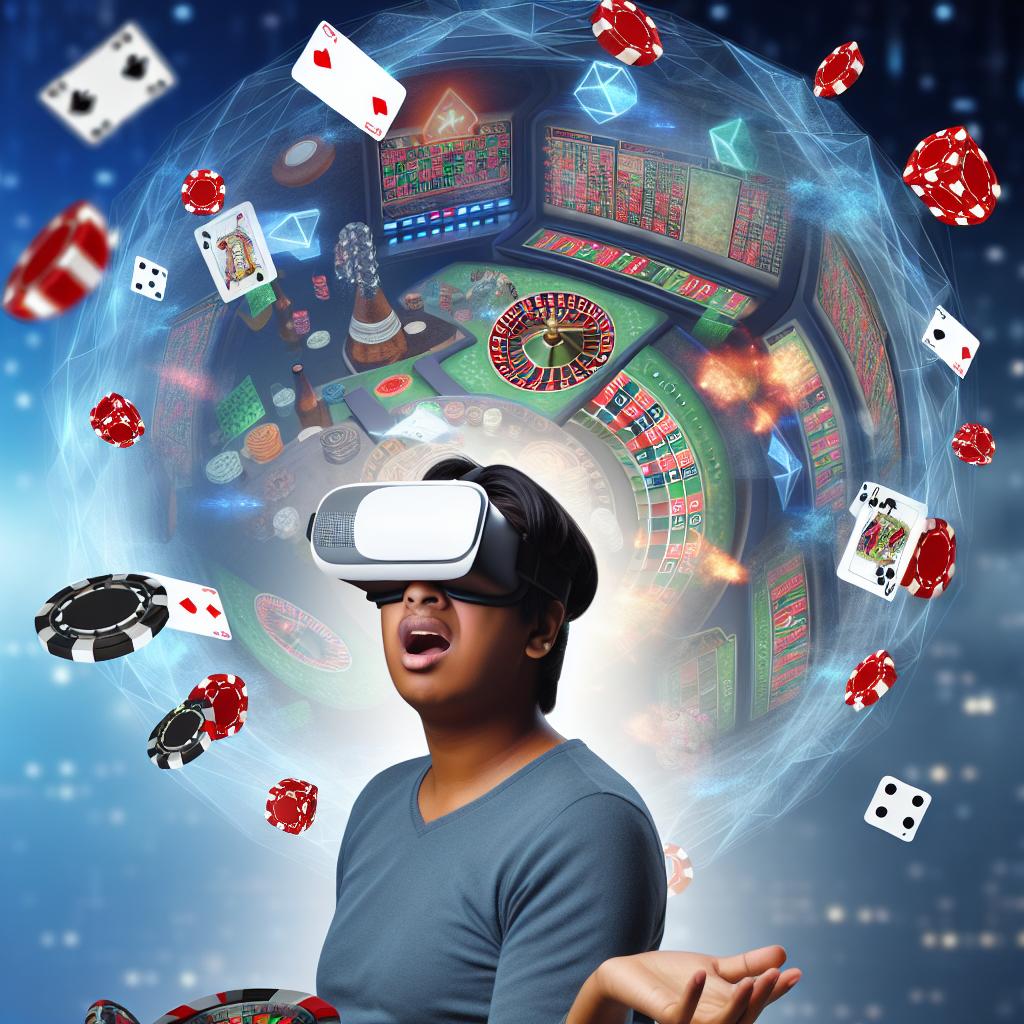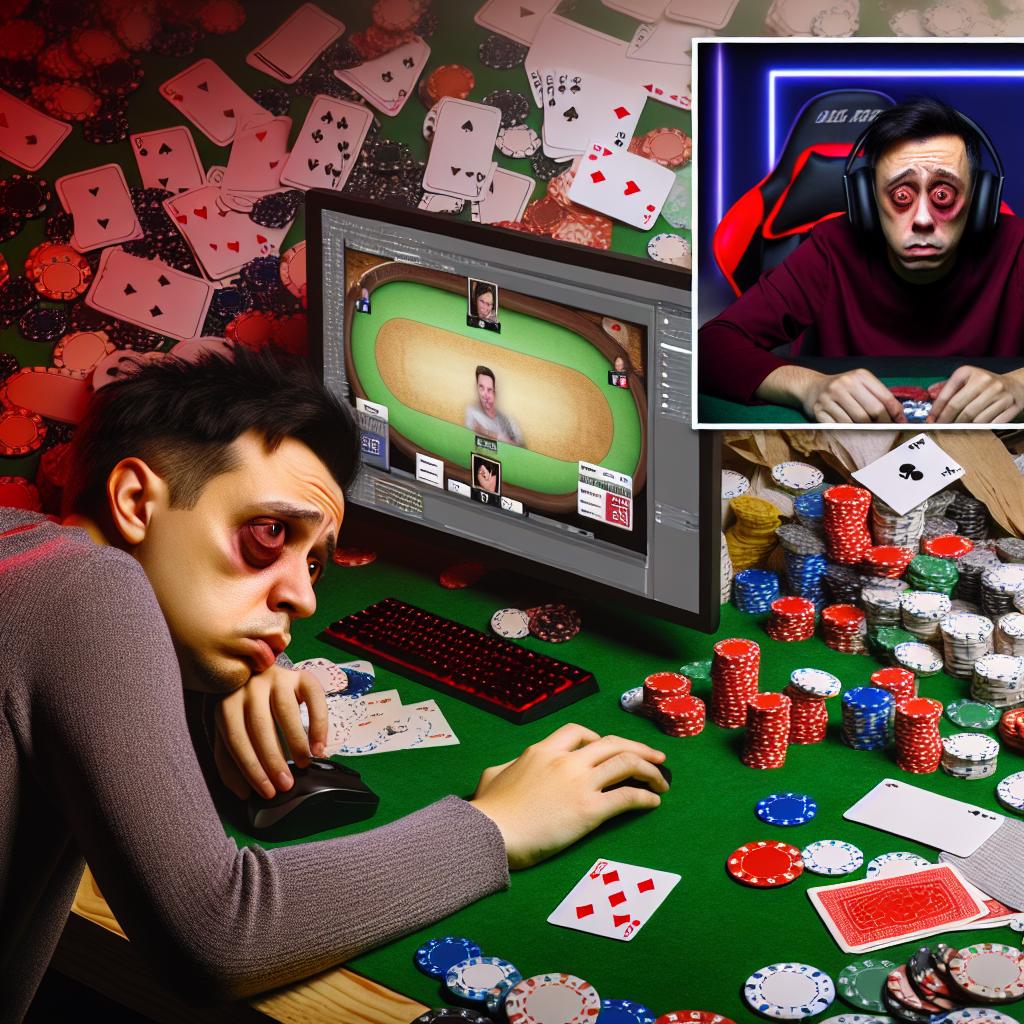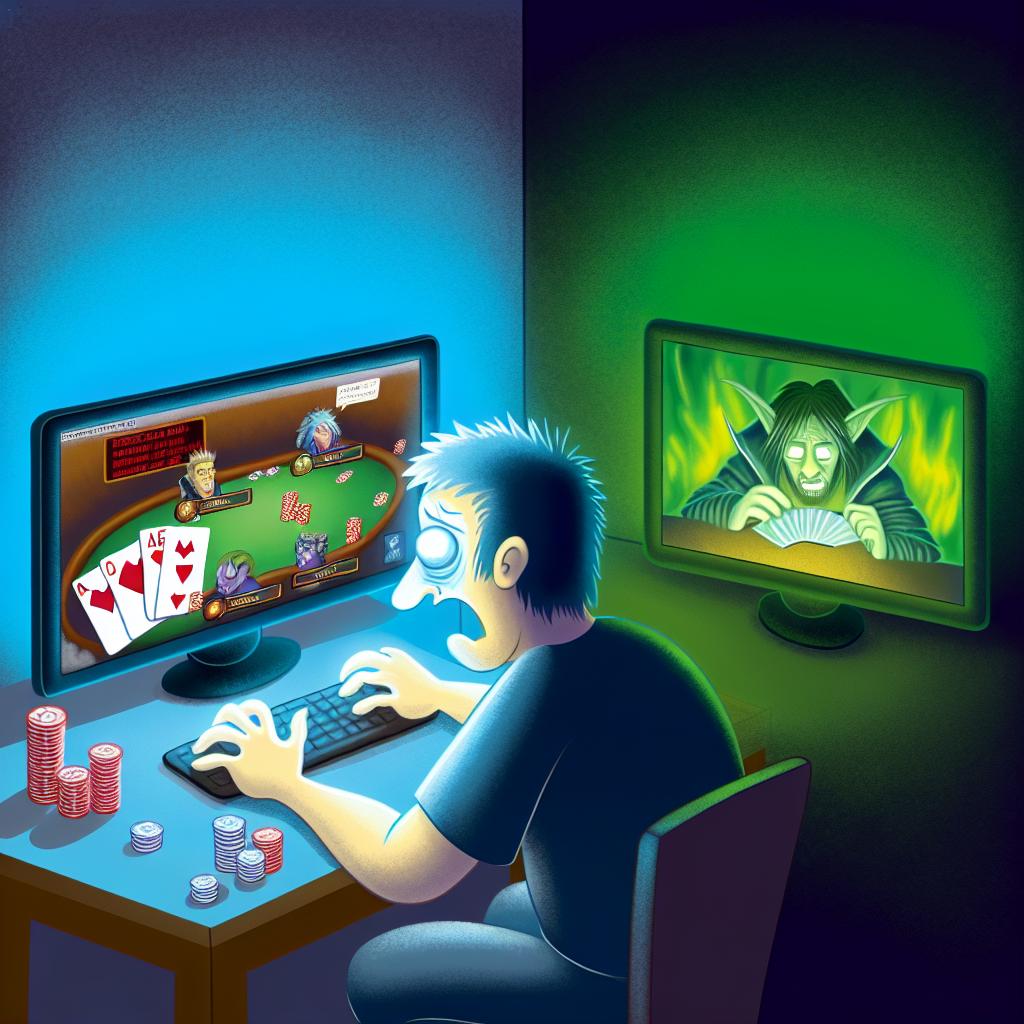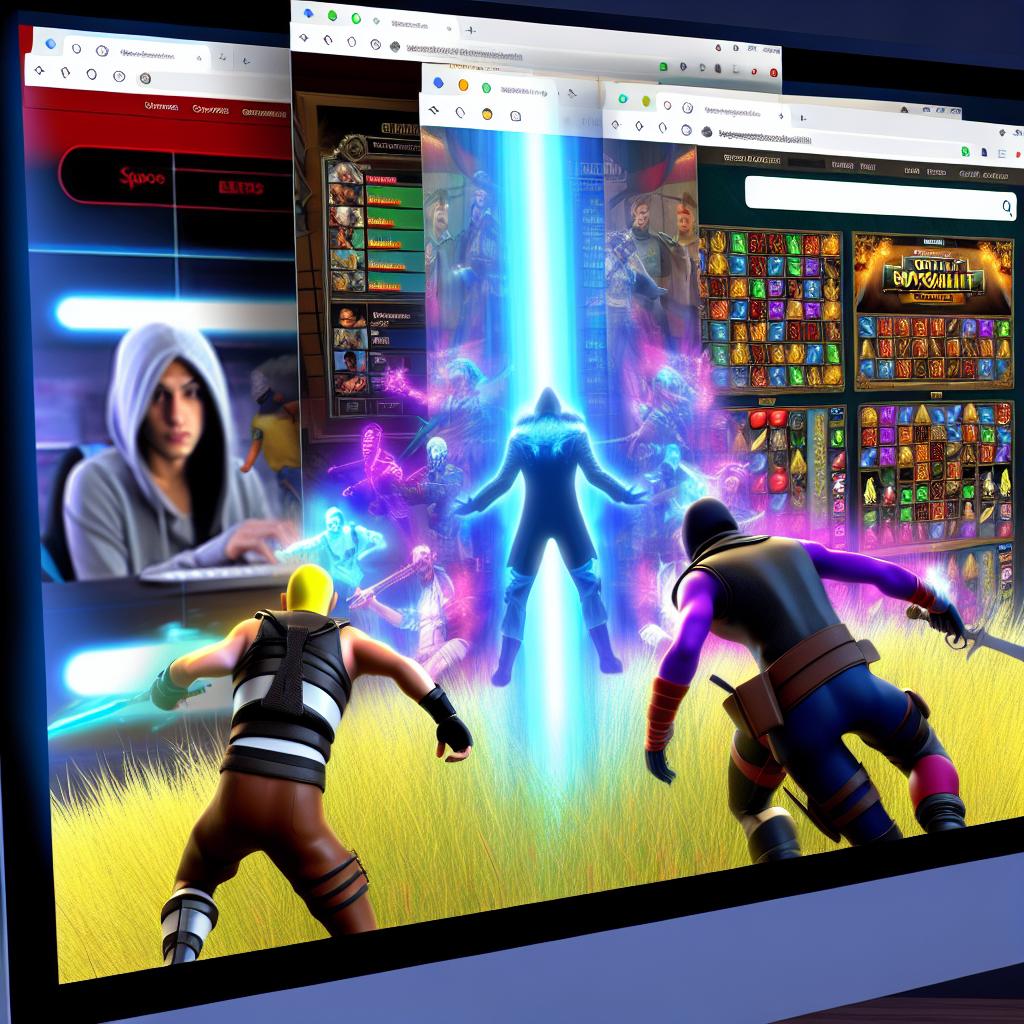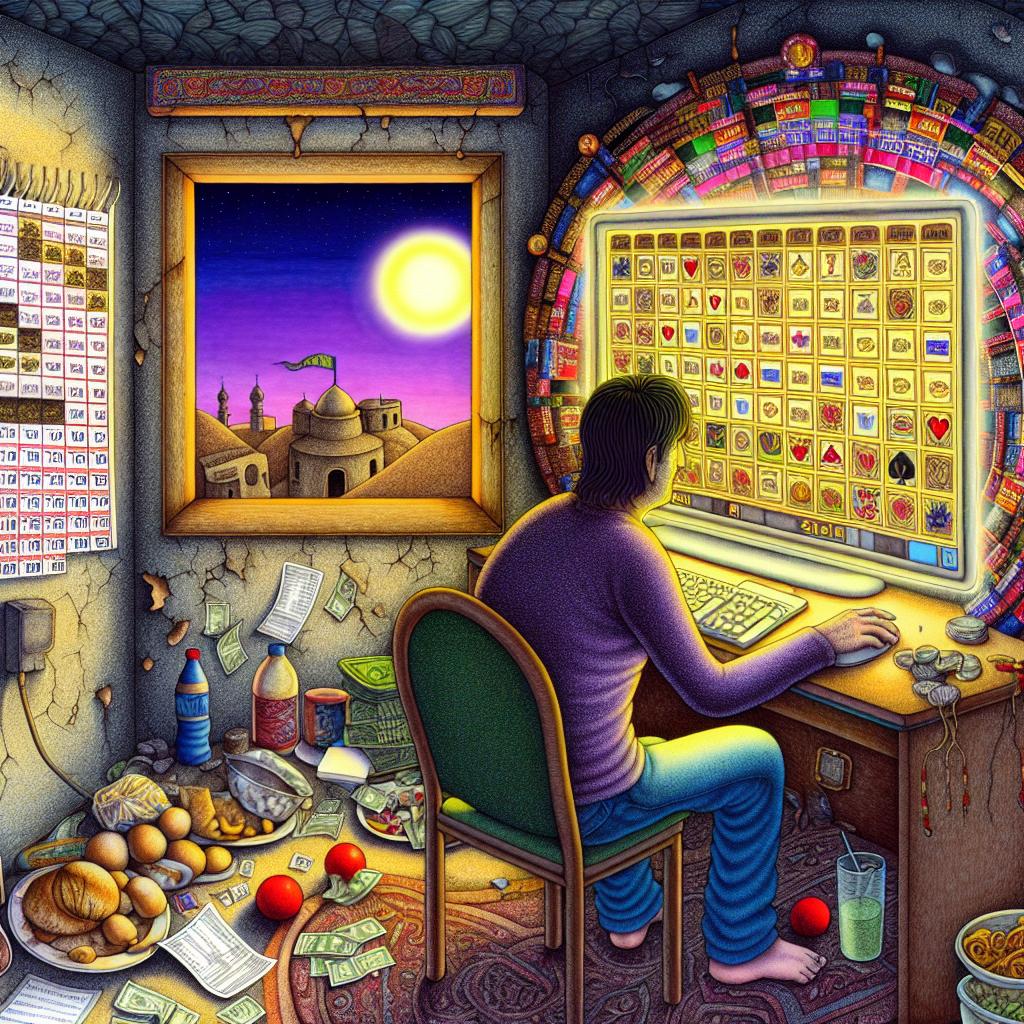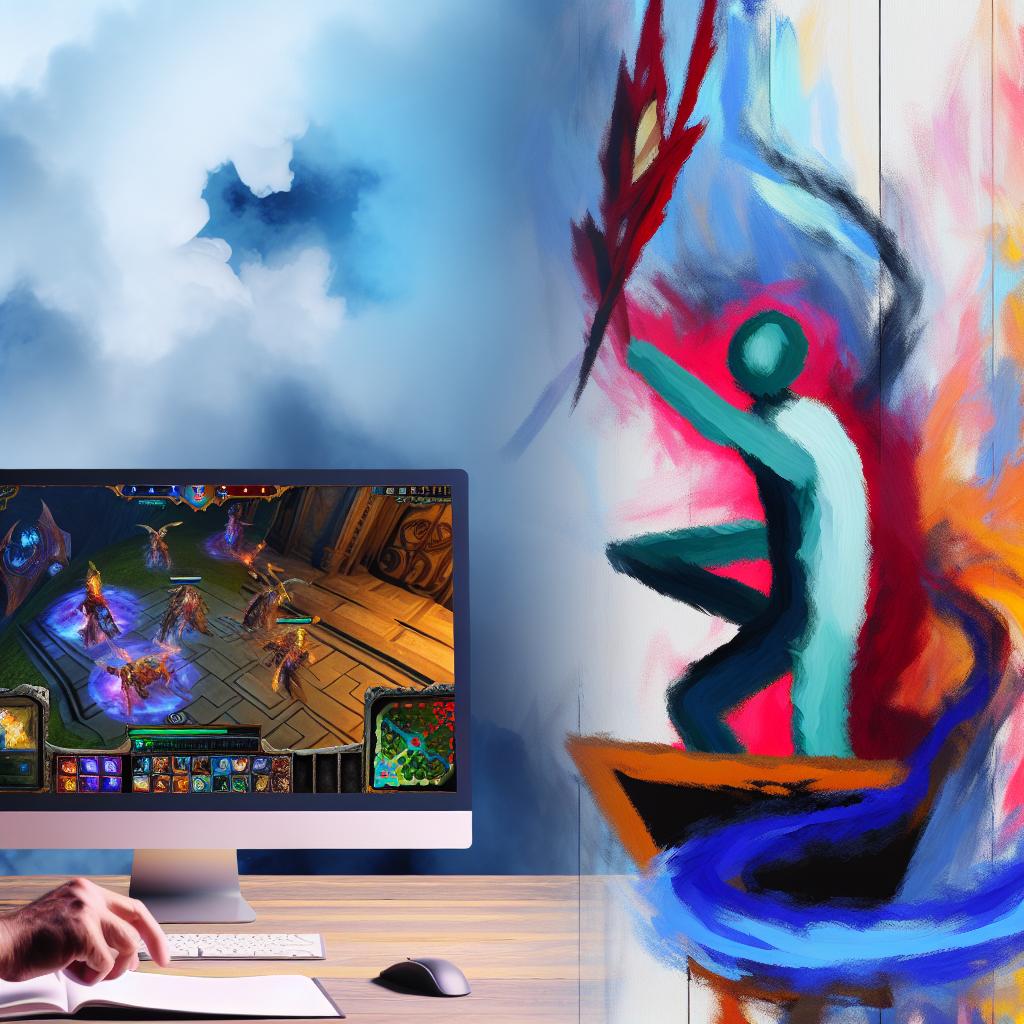Understanding Gaming Addiction
Gaming addiction, often referred to as Internet Gaming Disorder, has garnered significant recognition in recent years. In 2018, the World Health Organization officially classified it as a mental health condition. This disorder is characterized by a pattern of excessive and compulsive gaming behavior, which can lead to substantial impairment or distress in various facets of an individual’s life. An essential aspect of addressing this condition effectively lies in acknowledging the critical role of mental health professionals, particularly psychiatrists.
The Role of Psychiatrists
Psychiatrists, who are medical doctors specializing in mental health, are integral to diagnosing and treating gaming addiction. Their medical training provides them with the expertise required to comprehend the complex interrelationship between mental health disorders and addictive behaviors. This understanding is critical in formulating comprehensive treatment plans tailored to suit individual needs.
Diagnosis and Assessment
One primary responsibility of psychiatrists in dealing with gaming addiction is conducting thorough assessments to ensure accurate diagnosis. During this process, they evaluate the severity of the addiction, discern any co-occurring mental health disorders, and assess the overall impact on the individual’s life. This assessment often comprises detailed interviews, self-report questionnaires, and, in certain cases, consultations with family members to gather a more comprehensive understanding of the individual’s situation.
Treatment Planning and Intervention
Once a diagnosis is established, psychiatrists create a personalized treatment plan. This plan typically encompasses a combination of psychotherapy, medication, and lifestyle modifications. Behavioral therapies, such as Cognitive Behavioral Therapy (CBT), have demonstrated effectiveness in addressing gaming addiction. These therapies assist individuals in altering problematic thought patterns and developing healthier coping mechanisms to deal with triggers and stressors related to gaming.
Medication Management
In certain scenarios, psychiatrists may prescribe medications to manage symptoms associated with gaming addiction. For example, if an individual suffers from co-occurring conditions like depression or anxiety, suitable medications may be administered to stabilize mood and enhance overall well-being. It is crucial for psychiatrists to regularly monitor the effects of these medications to ascertain their efficacy and manage any potential side effects that may arise.
Collaboration with Other Professionals
The treatment of gaming addiction often necessitates a multidisciplinary approach. Psychiatrists frequently collaborate with various healthcare professionals, including psychologists, social workers, and occupational therapists, to deliver comprehensive care. This collaborative endeavor ensures that all dimensions of the individual’s mental and physical health are addressed, resulting in more successful outcomes.
Education and Support for Families
Families play a vital role in supporting individuals grappling with gaming addiction. Psychiatrists offer education and guidance to family members, enabling them to understand the condition better and develop supportive strategies. In some instances, family therapy sessions may be suggested to tackle any relational issues and foster a healthier home environment.
Continued Research and Development
The realm of gaming addiction is dynamic, necessitating continued research and the development of treatment methodologies. Psychiatrists involved in research contribute invaluable insights into understanding the underlying causes of gaming addiction and devising innovative intervention strategies. This ongoing quest for knowledge ensures that treatment approaches remain contemporary and effective.
For individuals seeking help for gaming addiction, consulting professional organizations can provide more information. Diverse resources from mental health associations and institutions are accessible online through dedicated platforms, facilitating informed decisions regarding treatment options.
In conclusion, by concentrating on evidence-based practices and leveraging their medical expertise, psychiatrists play an indispensable role in the treatment of gaming addiction. They significantly contribute to helping individuals regain control over their lives and mitigating the negative impacts of the disorder.





